As you begin planning your fall activities for preschoolers to start the new school year, it’s important to consider building a classroom community. It’s a a great way to help students make new friends and work together as a team. Even better, teachers, kids, AND families can work together to build community in the classroom (thus modeling how to work as a team)!
what is a classroom community?
I’m sure that each teacher has a slightly different definition of a classroom community. As I explain it to my students, “We’re a preschool family. We play and learn together. We have fun together. We don’t always agree with each other, but we treat each other kindly. It takes ALL of us to have a good preschool year.” In my mind, a classroom community means that my room is a safe, friendly environment for everyone (kids and teachers, alike) to learn and grow together. Yes, that sounds very general, but it’s my goal.
why is a classroom community important?
Kids need to feel safe and wanted. They also need to feel like they have some ownership of their actions, surroundings, and decisions. When that’s in place, they’re more receptive to learning. This means they’re more receptive to learning across the board – be it academics, social interactions, etc.
5 ways to cultivate a classroom community
Let the children see themselves in the classroom
I don’t like posters. There, I said it. I’m not huge into buying them to put up around the classroom. I think I have a hundreds chart and an alphabet chart, and that’s it. I try my best to have most of the “decorations” in my classroom be kid-generated. That means their interactive writing goes up, their artwork goes up, and we even make charts together to display.
In addition to that, I really love having family photos in our classroom. I’ve had them up on bulletin boards before, as well as in frames throughout the classroom. Children love to see their family members in the room, especially at the beginning of the year when they’re transitioning into school. The photos are also an awesome way to get kids talking to each other! I love listening to them share stories about their families with their new preschool buds! In a related topic, children also adore bringing in pictures of their pets!
Establish rules and routines
Rules and routines give an order to the day. With them, children know what they should expect, and they know what is expected of them. This order furthers the point that they are safe in the classroom. Even when they’re testing the boundaries, kids thrive when they know what’s going on. I’m way past preschool age, and I know I feel that way!
At the beginning of the year, I like to talk about the rules and what we’re going to do in preschool. I keep the rules simple so they’re easier to remember and make sense. We review them every single day that first month of school, then about once a week after that.
Before the year even starts, I draft a preschool schedule for my class. I explain and model the preschool day a ton during that first month. We practice the routines A LOT! Over and over and over again. I also like to spice it up and add some humor while we’re doing it. I enjoy being silly with the kiddos, and they love it too. Plus, a little humor makes things even more memorable to children. So I might say, “After lunch, I take my lunchbox and go put it on my head!” Inevitably the kids will go, “No, Miss Mary Catherine, it goes in your backpack!”
Give kids responsibilities
I am all about giving the children responsibilities in preschool. I’ll often point out that “there’s just one Miss Mary Catherine” and I stress that we need to work together to make our class the best it can be. This can be seen in a variety of ways throughout the school day:
- Each week, we pick new kids to fill our preschool classroom jobs. I keep a chart so I know who has had each job. That way, everyone gets at least one turn with each job during the year. The kiddos are so proud of themselves when they’re trusted to be a helper! They know I value them and trust them to be a leader in the class.
- The children have a morning routine as they come into class – greet the teacher, hang up backpack, set out lunchbox, put water bottle in appropriate bin, put daily folder away, sign in, and then choices. It sounds daunting written out like that, but it’s really not. We practice and practice (and practice!) this routine the first months of school. I’m there to help out as needed, but I encourage them to take on more and more independence in each activity.
- Basic, everyday tasks are included here. We work together in preschool, so the children are definitely expected to help each other out. If a box of crayons gets knocked over, there’s usually more than one child helping (even if they didn’t knock it down).
Have fun together
This is a huge part of a classroom community, too! Make memories with the students, and let the kids make memories with each other! It can be something as simple as reading a silly book at circle time, making a snack together, writing a class book, or creating collaborative art. It can be more in-depth like planning a pajama party or painting a car together.
Keep in mind how important the “little” memories are too! Moments like laughing together at a corny joke, giving or receiving an “I missed you!” hug after winter break, or a child’s triumphant cry of, “I did it!” as he finally sails across the monkey bars while you watch.
Having fun and making memories isn’t all about the planned activities in preschool. It’s more focused on being genuine and warm with the children. My students know I have high expectations, and there are consequences when rules are broken. They also know that I will smile as they come into the classroom and laugh with them throughout the day – because I genuinely love them and what I’m doing. They know that I’ll give them hugs when they’re hurt, and high fives for working hard. It’s a connection, and that connection cannot be adequately described with words. I know all this sounds a bit hokey, but it’s really how I feel and what I think, so thanks for putting up with the sentimentality!
Involve the families
As I mentioned above, a classroom community really is about teamwork. So that means everyone on the team needs to be included – the students, the teachers, and the students’ families! Without them, I think the process is much more difficult. Here are ways to keep the families involved:
- Keep up consistent communication. Yes, it can be difficult to do so sometimes, but keep at it! Parents need to know what’s going on with their kids, and what’s going on in their classroom.
- Ask questions. At the beginning of the year, I ask my parents to fill out a short questionnaire about their school year expectations. I love getting their viewpoint about the preschool year.
- Invite them in. Let them know they can come and help out in the classroom if they want to. Invite them to celebrations and special events. Encourage them to share their interests with the kids. My students loved it when a dad brought the family pets in during our reptile theme, and the dad had a blast too!
- Understand if they can’t come in. Conversely, be understanding if they aren’t able to come into the classroom. I try hard to walk that line – I want parents to feel welcome, but I don’t want to pressure them into coming.
5 ways parents can help with the classroom community
Talk to the kiddos
Check in and see how things are going at school. Ask questions like, “Who did you play with today?” and “Were you kind today? How?” Bring the focus on interactions with peers and teachers, along with the activities they enjoyed.
Communicate with the teacher
Be consistent in reading teacher communication. If there are questions or concerns, ask the teacher directly as they crop up. Share important information that might affect a child’s day (loss of a pet, nightmare the night before, etc.).
Meet the other families
Of course this isn’t always possible! But if it is, go for it! Chat with the other parents during special events or while picking the kids up from school. Kids watch us and learn so much in the process – they’ll make observations as they see/hear their parents talking to other parents. Talk about making it feel like a community!
Consider other students
Every child is an individual! Some children will be best buds right from the start, others will gradually form friendships, and there may also be kids that don’t always get along. That’s okay – I don’t think kids have to be friends with everyone, but they do need to be respectful and considerate of others. Parents can help with this so much! If a birthday party is planned, but the birthday boy only wants a few friends to come – please don’t send the invites in for the teacher or child to distribute. Same with Valentine’s Day cards or anything along those lines. No matter how circumspectly it’s done, someone finds out. Just contact the other kids’ parents outside of school. That way, the birthday boy is happy and there’s no unnecessary angst in the classroom.
Get involved
As I mentioned above, I want parents to be involved. However, I understand how life is, and I don’t want parents to feel pressured. Look at what can be done and offer to help if it’s possible. That may mean helping with snacks, organizing parties, coming in to read each month, or overseeing an art or science project – really, it could be anything. Get involved as much as you want to, but don’t feel badly if it’s just not in the cards!
Well, I sincerely hope this was helpful to both parents and teachers! How do you create a classroom community with your students? How do you, as a parent, encourage that sense of community? I’d love to hear your thoughts on this!
making friends | Early Childhood Education team
Be sure to pop over and see what the rest of the #TeachECE crew has to say on the topic of making friends:
Role Playing How to Be a Good Friend by Mom Inspired Life
Songs About Friendship for Kinder and Pre-K by Capri +3
Teaching Kids About Friendship and Being a Good Friend by Raising Lifelong Learners
Making Friends: Teaching Kids to Learn and Respect Different Names by Munchkins and Moms
How to Play with Friends a Preschoolers Visual Guide and Game by Powerful Mothering
Helping Your Homeschooler Socialize by Still Playing School
Making Friends Even When You Are Homeschooled by Learning 2 Walk
Making Friends: Qualities We Look For in Friends by Tiny Tots Adventures
Book Friends by Growing Book by Book
Tips for Helping Preschoolers BE a Good Friend! #TeachECE by The Preschool Toolbox Blog
Free Friends Play Dough Printable by Life Over C’s
Working Together to Create a Classroom Community by Fun-A-Day!
Teaching Kids How to Make Friends by The Educators’ Spin On It
Tools for Teacher Organization
A key skill in creating a positive classroom community is keeping organized. It will help keep the days running smoothly and reduce the amount of conflict that happens in the classroom.
So, I made a list of some really useful tools in staying organized both in the classroom and when it comes to the lesson planning and logistics of running a classroom. Check them out below.
I may get commissions for purchases made through links in this post.
- Stacking file trays
- File folders
- Clip boards
- Sorting trays
- Nuts and bolts storage drawers
- Table Caddies
- Book bins
- Preschool lesson planning book
- Large desk planner
- Pocket charts
- Contact paper
- Classroom name plates
- Label maker
Keep in mind that this list is in no way extensive. Being organized looks different for each person. So, make sure that you have the tools on-hand that help keep you organized. Doing so will certainly reduce your level of stress each day and throughout the school year.
Done-for-You Preschool Resources
Planning meaningful lessons for students week after week, all while balancing other teaching responsibilities and a personal life, can be a daunting task. That’s where Preschool Teacher 101 comes in to save you time!
Preschool Teacher 101 is excited to share with you some amazing lesson plans, activity packs, and much more! We offer a wide variety of themes that are frequently used in preschool classrooms, as well as some less common (but super interesting) themes. Click on the images below to learn more about some of our great classroom management product offerings.
Join The Pack from Preschool Teacher 101 today for exclusive access to our amazing products. And we even have three different membership options to suit your needs!
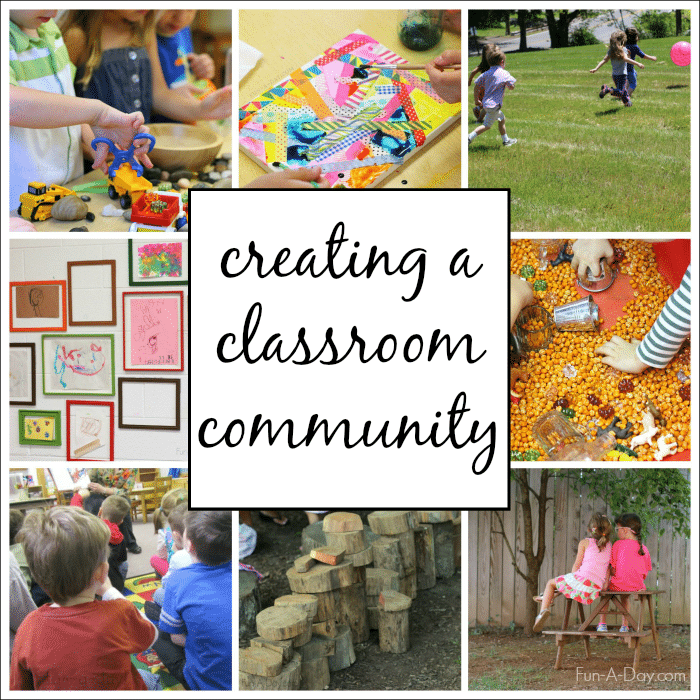
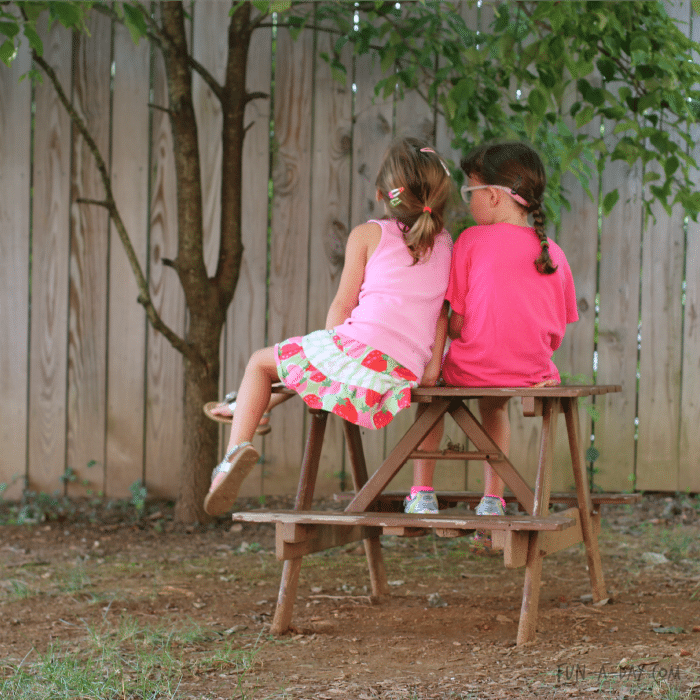
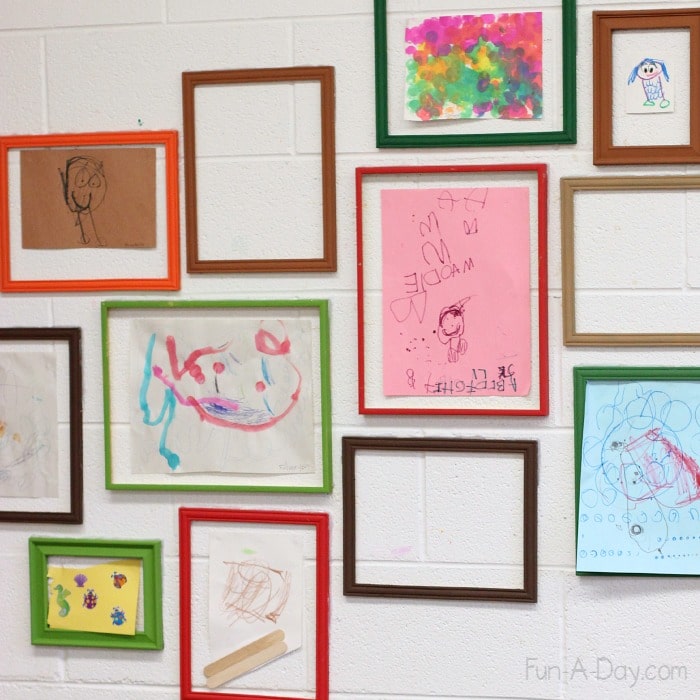
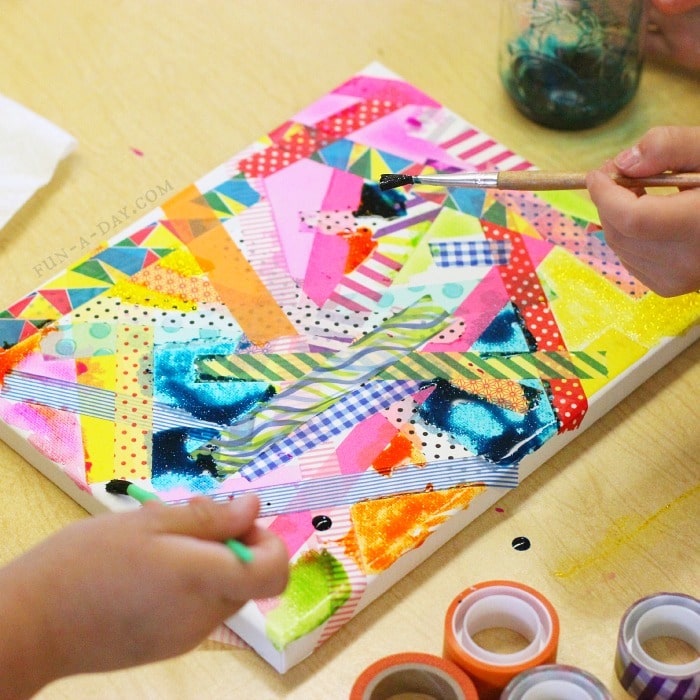
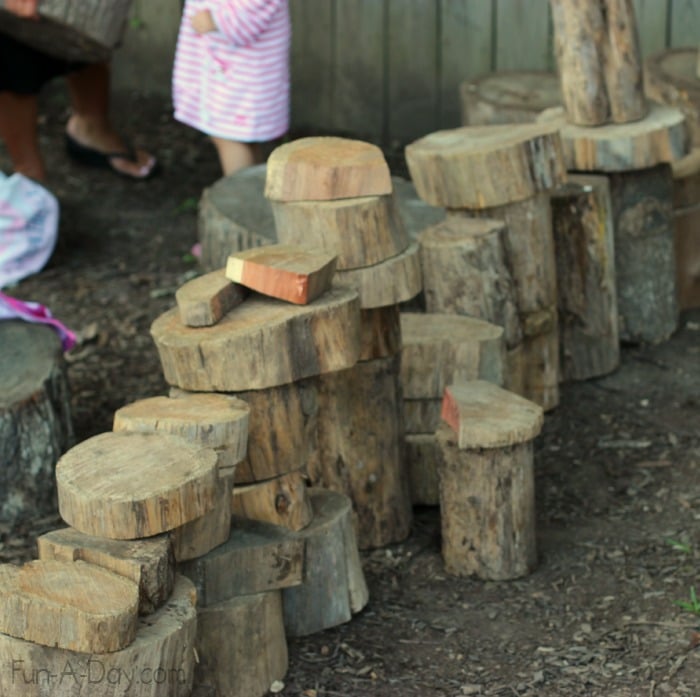
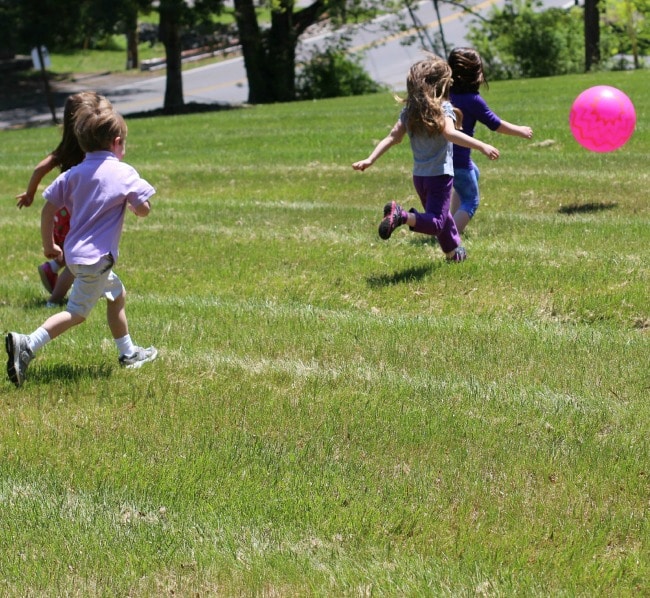
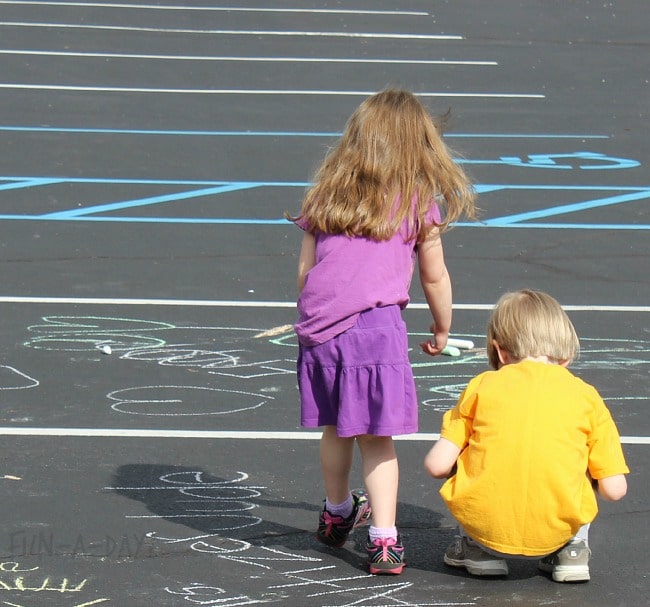
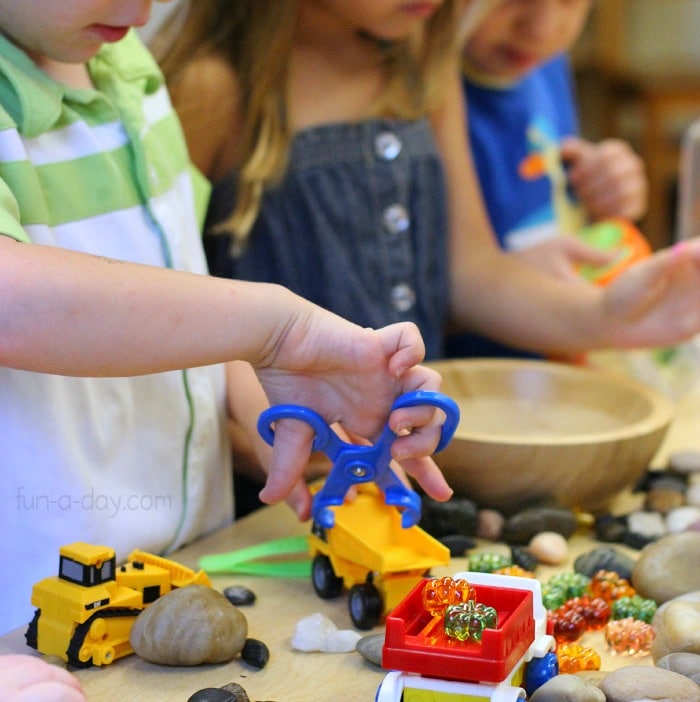
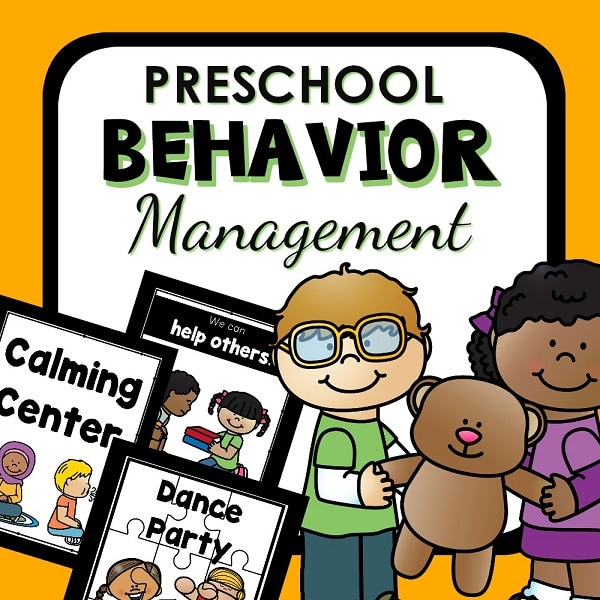
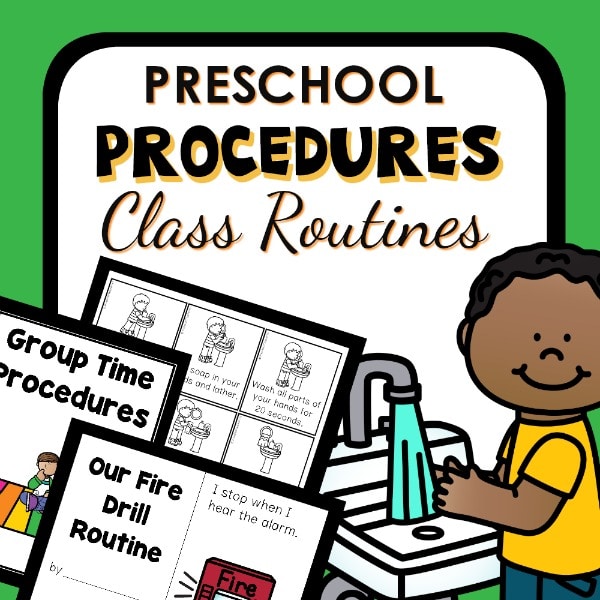
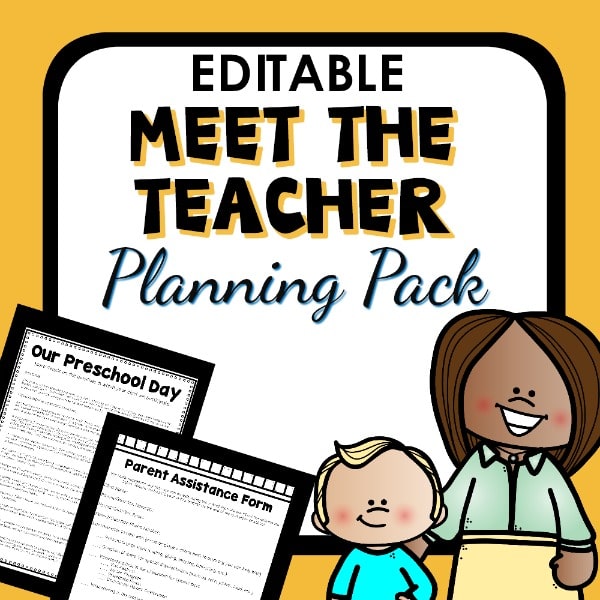
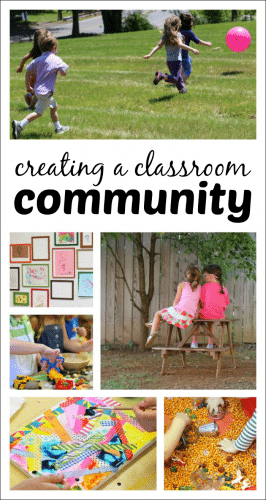
I so hope my little ones teachers are as passionate about a caring classroom community as you are. I used to have a morning meeting every day in my kindergarten classroom and we would focus on team building and how to be a friend topics.
You have got to be one of the most intentional and empathetic ECE teachers I know. Those children are so lucky to have you!
Creating a classroom community is so important to the learning environment! Kids feel safe and encouraged when they help one another in making the classroom feel special like that. That is the best type of environment to learn and grow in <3
I love that you are so passionate about creating a classroom community that is so conducive to learning and growing together! You’re awesome!
LOVE this post! Creating a community in our classrooms is so important, but allowing parents to see how they can help promote a positive classroom and sense of community is wonderful! You’ve offered so many great tips for educators and parents of little ones! Kuddos!
I love all the components that go into making your classroom community. It is so wonderful to give them responsibilities and a sense of investment in their environment while also recognizing that there will be times when they don’t get along and need to be flexible and work together.
Fantastic ideas! Building community is so important. And, I couldn’t agree with you more about not liking posters. Let the kids help to create anchor charts and art to display. Awesome post!
I am just inLOVE with art walls!!
I love your ideas about the classroom being a community and a family! I will use several of your ideas!!! Thank you Miss Mary Catherine!